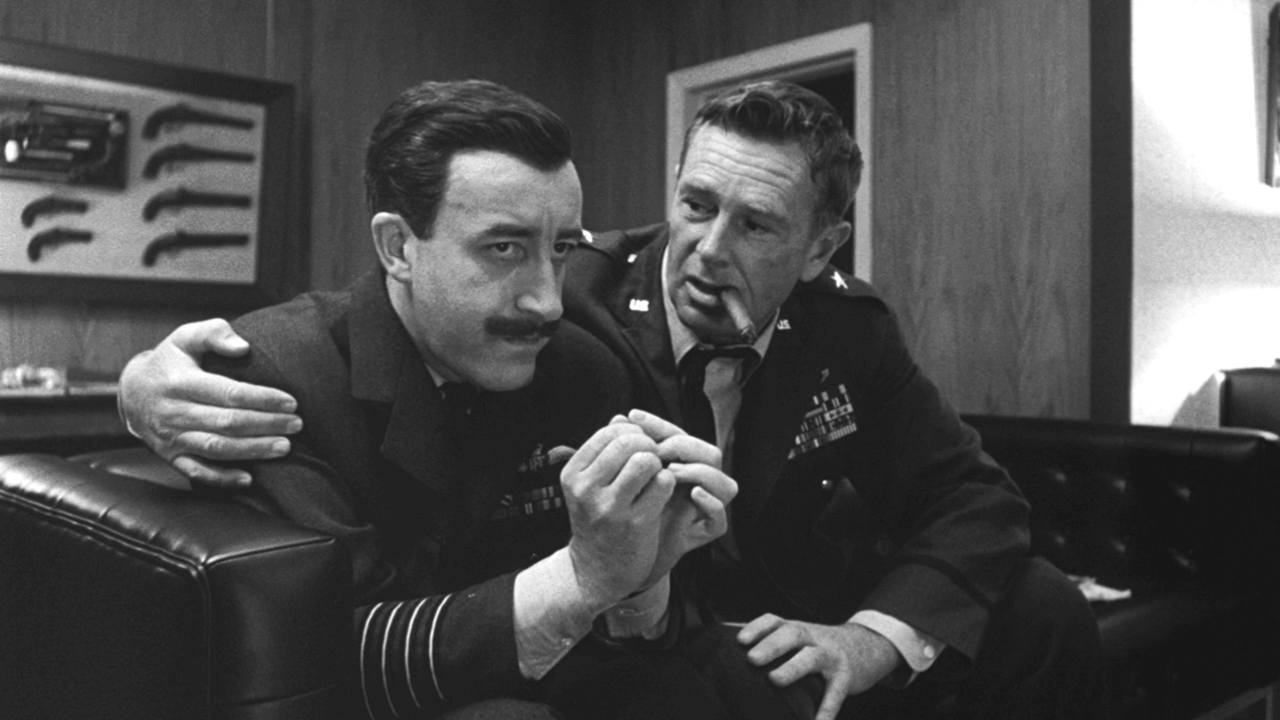Halperin has declared the TTKG dead.
However we still need to assess patients for hypokalemia and differentiate between renal and extra-renal losses.
Measuring a fractional excretion of potassium (FEK) doesn’t physiologically make sense. The idea behind the fractional excretion calculation is calculating what percentage of the filtered potassium (in this case, but can be anything) ends up in the urine. But potassium doesn’t work that way. Essentially all of the filtered potassium is reabsorbed in the proximal tubule and thick ascending limb of the loop of Henle so that the fractional excretion of potassium is zero at that point. Then in the late distal convoluted tubule and the medullary collecting duct all of the potassium that is destined for the toilet is secreted. So all of the potassium that is cleared by the kidney is secreted but the distal nephron/tubules not filtered by the glomerulus. That said the FEK is just a calculation and you can do it. I reviewed the the best data on it here:
So what calculation do I use? I use the TTKG, but that’s because I’m a dinosaur. What I should be doing is the urine potassium to creatinine ratio.
The answer is 13 mEq/g creatinine.
In this study of hypokalemic periodic paralysis versus patients with increased renal potassium excretion, the K:Cr ratio neatly divided the two groups.

If you know of a better reference for the potassium to creatinine ratio, tweet me up.











 The Y-axis is “Impressions.”This is not impressions like Symplur does (used to do?). This is not the tweets multiplied by the number of followers. Twitter is in the unique position to know how many times any particular tweet is delivered to a device. So your cousin who lost her twitter password in 2014 and the sock puppet account that Eugene Gu abandoned in medical school don’t get counted as impressions. The first Tweet had 47,000 impressions. The second had 5,700. That first step is a doozy.From there things were surprisingly stable.
The Y-axis is “Impressions.”This is not impressions like Symplur does (used to do?). This is not the tweets multiplied by the number of followers. Twitter is in the unique position to know how many times any particular tweet is delivered to a device. So your cousin who lost her twitter password in 2014 and the sock puppet account that Eugene Gu abandoned in medical school don’t get counted as impressions. The first Tweet had 47,000 impressions. The second had 5,700. That first step is a doozy.From there things were surprisingly stable.  More than 3,000 people read pretty much the entire stream. I am quite satisfied. 3000 people is a lot of grand rounds.
More than 3,000 people read pretty much the entire stream. I am quite satisfied. 3000 people is a lot of grand rounds.


 Mk CardioFellows Great Again (@ProfDFrancis)
Mk CardioFellows Great Again (@ProfDFrancis) 
